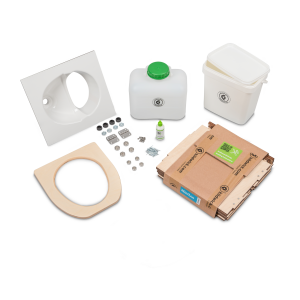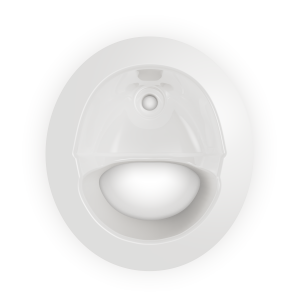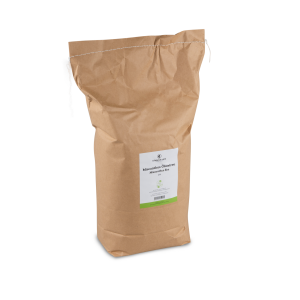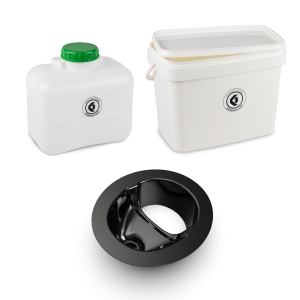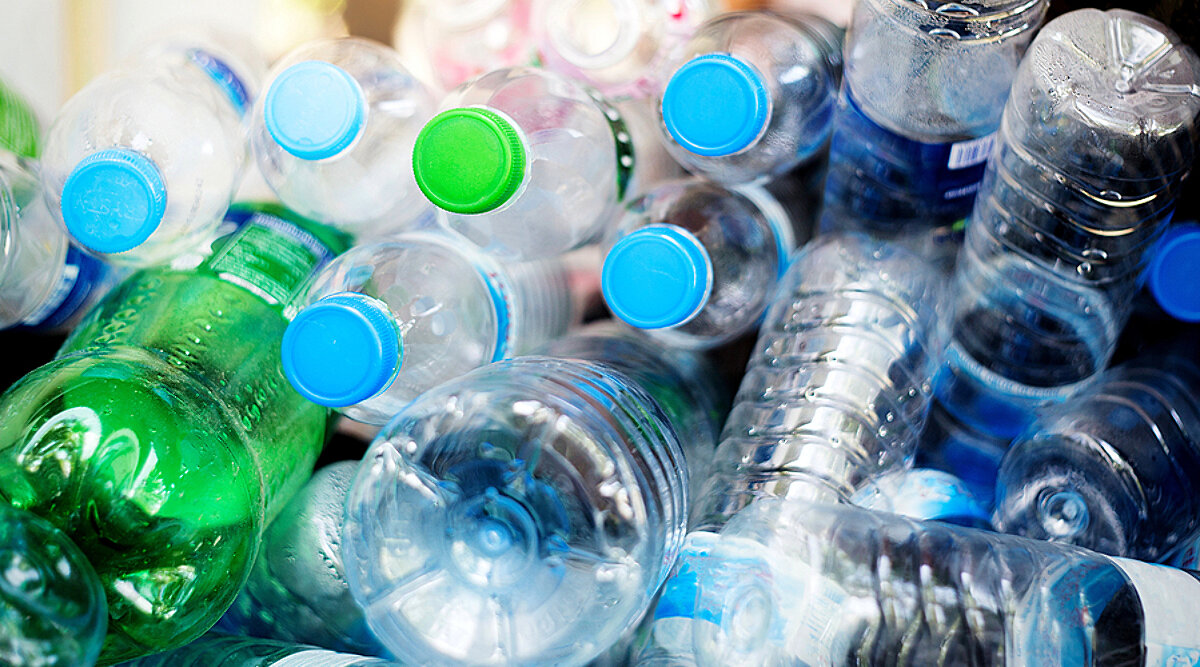This blog post was written by our intern Anna (16 years old), who did a student internship with us and learned a lot about sustainability and how to deal with our most important resources. The problem of plastic waste concerns all of us.
Plastic bottles in Germany - The problem with the garbage
Honestly, I've bought plastic bottles from the store several times without giving it much of a thought. Then I did some research on it and I'm stunned! I summarize my findings in this blog post.
First of all, what are plastic bottles actually made of?
Plastic bottles are made from petroleum or natural gas and can be reused up to 100% afterwards. In Germany alone, we consume 16.4 billion kg of plastic bottles each year. 1 million plastic bottles are sold every minute. But if everything can be recycled, what's the problem?
But how much is actually recycled in Germany?
In Germany, 93.5% of all plastic bottles were recycled in 2015 that´s what I read. But plastic can only be recycled up to 15 times, then it has had its day and is ready for trash. It then ends up in the incinerator or a landfill.
How is a plastic bottle actually recycled?
Everyone has "dropped off" a single-use plastic bottle at the deposit machine. First they get crushed, that's what you hear. But have you ever wondered what happens after that? The crushed bottles are then shredded into so-called "flakes". Then a recycling company picks them up. Some of it is melted down, dyed and spun into thin polyester threads. This is used, for example, to make a new sweater, for which about 16 plastic bottles are needed. In the best case, however, new bottles are made from the old ones.
Why is there so much plastic waste in the oceans?
Maybe you've been to the ocean and saw plastic and plastic bottles lying at the beach or floating in the water. This is not unlikely, as 5 to 13 million tons of plastic ends up in the oceans every year. Many countries don't even have garbage disposal systems and it all ends up in rivers and drifts into the ocean. Ships lose trash in the ocean, sometimes an entire container full of plastic consumer goods during a storm. Most of it comes from the mainland and from plastic waste left on the beach, which gets into the sea through wind, currents and high tides.
Microplastics - Another problem
Microplastics are tiny pieces of plastic. These are contained in toothpaste, clothing or shampoo, for example, and enter the sea through wastewater. But even the normal plastic waste in the environment, rubs off over time and even more microplastic is created. Most plastic breaks down into tiny particles and sink to the bottom of the ocean. Mussels, crabs and fish mistake the plastic for food, and later die from it. Or they end up on our plates and we eat the microplastic along with them. Environmental organizations and politicians say that if we don't change the way we deal with waste, by 2050 the plastic waste in the ocean will weigh more than all the fish heat combined. Every whale and dolphin off the coast oft he UK already has microplastics in their stomachs.
Did you know that plastic takes about 450 years to completely decompose?
What can you do?
A more conscious and sustainable use of our resources concerns us all. You can easily do something about it in your everyday life. Avoid buying plastic bottles, whether disposable or reusable. Instead, take a reusable water bottle with you when you leave the house. Especially in countries with big waste problems and in which you are on vacation, this is important (e.g. Thailand, Morocco, Greece).
